The greeting card culture beloved around the world has merged with Japanese traditional beauty to create “Kisshokaden” (吉祥花伝).
A special gift unlike any other has been born, combining authentic kimono fabrics from the Meiji to Showa periods with traditional Japanese paper. Since its exhibition debut in November 2024, it has been gaining rapid attention, with distribution beginning at long-established stationery stores in Tokyo and Kanazawa, as well as the Hokusai Museum.
What is Kisshokaden?
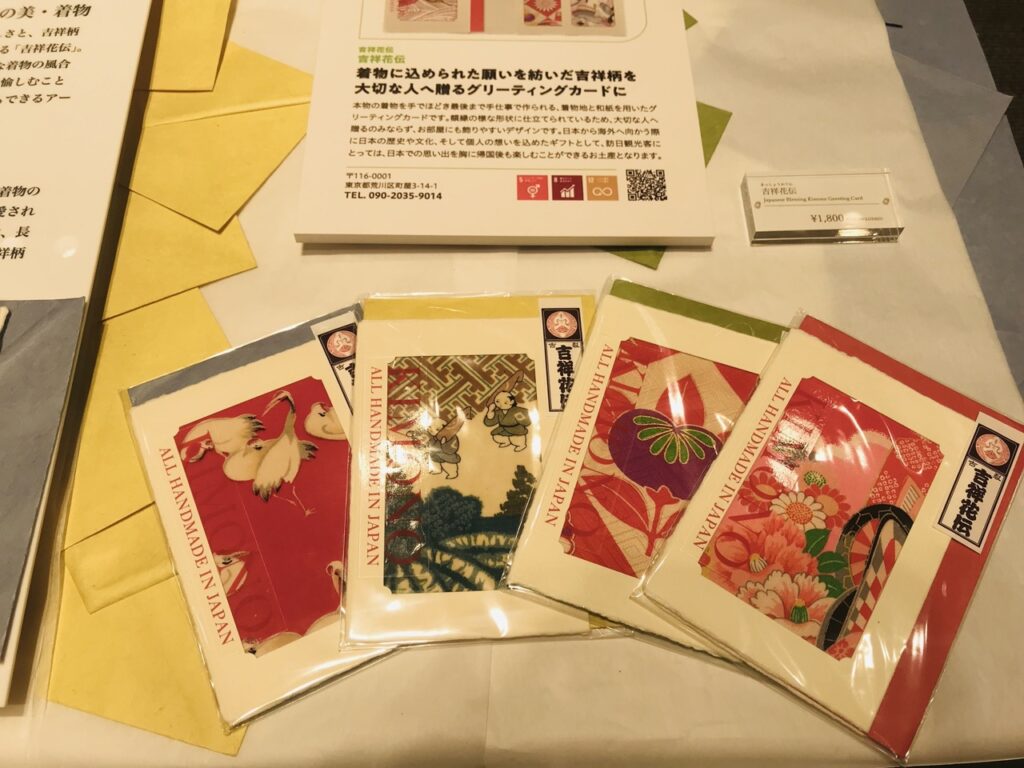
Kisshokaden is an innovative project that breathes new life into kimonos sleeping in the depths of tansu chests, delivering Japanese aesthetic sensibilities to people around the world.
Transcending ordinary greeting cards, it has garnered significant attention as a special gift that simultaneously achieves cultural inheritance and international exchange.
Greeting Cards Where Tradition and Innovation Merge
Kisshokaden is a greeting card created by hand-unraveling authentic kimono fabrics from the Meiji to Showa periods piece by piece and combining them with traditional Japanese paper.
This innovative product developed by EBRU Corporation was born as a new communication tool that revives dormant kimono culture in the modern era and conveys Japanese aesthetic sensibilities to people around the world.
A Cultural Inheritance Project Spanning 1000 Years
While paper culture is declining in Japan, the global greeting card market is a growing market worth 2 trillion yen.
Kisshokaden captures this market trend while breathing new life into kimonos sleeping in tansu chests, designed as a cultural bridge connecting past and future, Japan and overseas.
Commitment to Materials Used
- Kimono: Silk, cotton, and others / From all over Japan / Meiji to Showa periods
- Card: Echizen washi (machine-made, hand-processed) / Echizen City, Fukui Prefecture
- Emboss processing / Sabae City, Fukui Prefecture
- Envelope: Izumo folk paper (hand-made) / Izumo City, Shimane Prefecture
The accompanying envelope uses hand-made Izumo folk paper following the tradition of the late Living National Treasure Abe Eishiro.
It features surprisingly soft texture when touched, making it perfect as an envelope to wrap greeting cards sent with heartfelt feelings.
Features and Charms of Kisshokaden
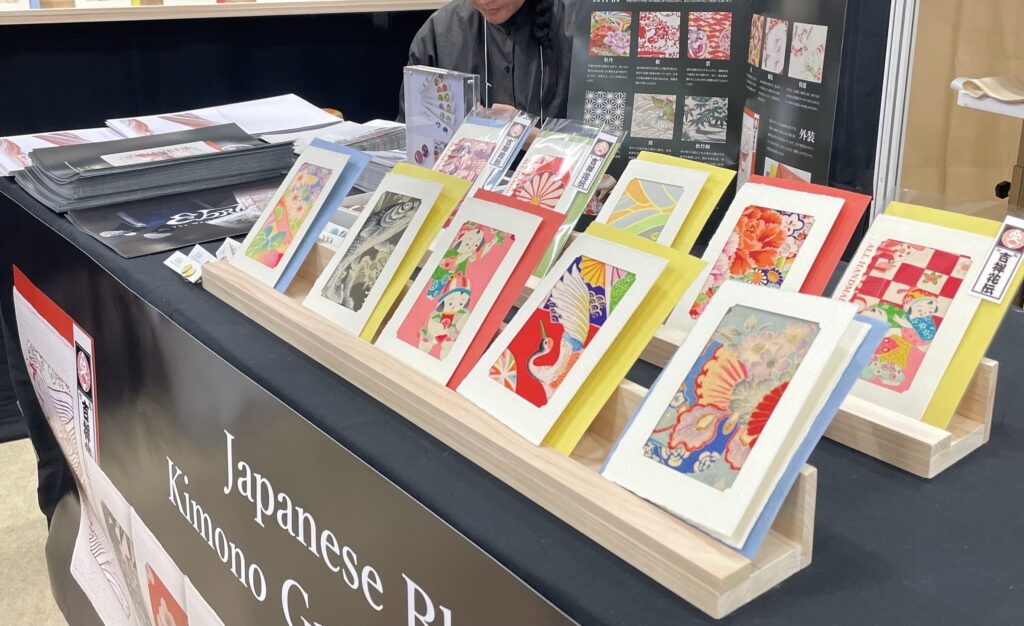
Kisshokaden, woven from authentic kimono fabrics from the Meiji to Showa periods and traditional Japanese paper, possesses unique charms that cannot be experienced with any other gift. It is truly the pinnacle of “wa-modern” – a masterpiece where the warmth of artisan handwork and contemporary design sensibilities harmonize exquisitely.
One-of-a-Kind Design – No Two Alike in the World
The greatest charm is that it is a one-of-a-kind piece with no two identical designs. Since kimono fabrics from the Meiji to Showa periods are hand-unraveled one by one, each card offers different patterns and color tones. With beauty resembling a painting, it can certainly convey a sense of specialness to the recipient.
Exquisite Fusion of Traditional Techniques and Contemporary Design
The card body uses Echizen washi with 1500 years of history, expressing delicate auspicious patterns through emboss processing. With its modern frame-style design, it naturally blends into both Japanese and Western room interiors. It’s a masterpiece combining practicality and artistry that can be displayed and enjoyed even after receiving.
Sustainable Material Selection
Environmental consideration is also an important feature of Kisshokaden. Through kimono upcycling and the use of natural washi materials, environmental impact is minimized. By reviving kimonos destined for disposal as new value, it also contributes to the SDGs.
Preservation Quality Said to Last a Thousand Years
Washi has far superior preservation qualities compared to Western paper and is said to last a thousand years. Along with precious feelings, it can inherit culture and memories over long periods – truly a gift to the future.
How to Use Kisshokaden and Gift-Giving Occasions
In what occasions would giving Kisshokaden bring joy? The answer is in all situations where you want to give form to your feelings for someone. Japanese traditional beauty and the deep wishes embedded in auspicious patterns will convey your feelings more richly and memorably.
As Premium Gifts for Special Days
For birthdays, wedding anniversaries, entrance ceremonies, graduations, job starts, and other life milestones, Kisshokaden is the perfect choice.
The deep wishes of “longevity,” “health,” and “prosperity” embedded in auspicious patterns express your feelings for the recipient more richly. By adding a handwritten message, it becomes a heartfelt gift unlike any other.
As Overseas Souvenirs and International Exchange Gifts
For overseas business trips, homestays, international conferences, and similar occasions, Kisshokaden demonstrates tremendous effectiveness as the ultimate gift for conveying Japanese culture.
With explanations in both Japanese and English, the meaning of auspicious patterns is accurately conveyed, allowing recipients to deeply understand Japanese traditions and aesthetic sensibilities. It’s lightweight and easy to carry, so international flight baggage restrictions are not a concern.
As Special Souvenirs for Foreign Tourists Visiting Japan
For foreign tourists wanting to give form to their memories of Japan, Kisshokaden is an ideal souvenir. After returning home, it helps them remember their Japanese experience and serves as a tool to introduce Japanese culture to friends and family.
For Seasonal Greetings and Business Occasions
For year-end and New Year greetings, as alternatives to mid-year and year-end gifts, or when expressing gratitude to business partners, the luxury and specialness of Kisshokaden demonstrates great power. With its uniqueness that sets it apart from other gifts, it will undoubtedly become a memorable present.
Meanings Embedded in Kisshokaden’s Auspicious Patterns
Each beautiful auspicious pattern adorning the kimono contains deep wishes that Japanese people have cherished since ancient times. Rather than mere decoration, they are prayers for longevity, health, and prosperity given form. By choosing patterns while thinking of the recipient, you can give those wishes together.
Patterns Wishing for Longevity and Prosperity
Cranes and Turtles: Cranes symbolize longevity and prosperity, while turtles represent health and peace – they have long been used in Japan for celebratory occasions. Perfect for life’s new beginnings and commemorative days.
Plum, Pine, and Bamboo: Plum represents patience and prosperity, pine symbolizes eternal youth and longevity, and bamboo means growth and prosperity – all auspicious patterns. Perfect for celebrating new starts or career advancement.
Patterns Symbolizing Happiness and Harmony
Waves and Shippo: Waves symbolize continuity and happiness, while shippo represents fulfillment and harmony. Often chosen for wedding celebrations or occasions to deepen family bonds, these patterns contain warm wishes.
Choosing Patterns According to Gift-Giving Occasions
Each auspicious pattern has meanings deeply rooted in Japanese life and ceremonies since ancient times. By choosing with specific wishes in mind – such as the recipient’s health, prosperity, or family harmony – the value as a gift is further enhanced. Understanding and choosing based on pattern meanings makes it a more heartfelt gift that will be appreciated.
Why Kisshokaden is Chosen
Why do so many people choose Kisshokaden? The reason is that it has value beyond mere gifts. Cultural inheritance, environmental consideration, social contribution, and above all, the special feeling that remains in the recipient’s heart. It continues to be chosen because it embodies the “meaningful consumption” that modern people seek.
Social Contribution to Kimono Culture Inheritance
Kisshokaden presents an innovative solution called kimono remake to the serious social issues of declining kimono culture and increasing disposal of kimonos. It’s truly a new form of cultural preservation that effectively utilizes dormant cultural resources and realizes inheritance to the next generation.
Regional Industry Revitalization and Artisan Skill Inheritance
Through collaboration with traditional washi production areas such as Echizen washi in Fukui Prefecture and Izumo folk paper in Shimane Prefecture, it contributes to regional industry revitalization and artisan employment creation. It particularly leads to employment opportunity creation for women and senior generations, earning recognition as a business with high social value.
Response to Ethical Consumption
From the perspective of ethical consumption that modern consumers value, Kisshokaden is an ideal product. Sustainable material selection, upcycling practice, and efforts to solve social issues mean that purchasing itself leads to social contribution.
Overwhelming Satisfaction and Sense of Specialness
Gift-givers can realize their desire to “convey authentic Japanese culture,” while recipients can fully enjoy the specialness and story of one-of-a-kind pieces. This high bilateral satisfaction leads to high repeat customer rates.
How to Purchase Kisshokaden and Product Lineup
When you want to purchase Kisshokaden, where can you obtain it? It’s available at carefully selected stores nationwide. Due to its one-of-a-kind nature, when you encounter a pattern you like is precisely the timing to purchase.
Available Purchase Locations
Physical Stores:
- Tokyo: Long-established stationery stores in Azabu and Akasaka, Hokusai Museum
- Ishikawa Prefecture: Long-established stationery stores in Kanazawa City
- Other carefully selected stores nationwide
Pricing and Lineup
Suggested Retail Price: 1,800 yen (tax included) Lineup: Total of 9 types including 8 auspicious patterns + special selection patterns
Since different designs can be enjoyed for each pattern, optimal selection is possible according to the recipient and occasion. Due to the one-of-a-kind characteristics, even the same pattern shows subtly different expressions, which is also part of the charm.
From Order to Shipping
When purchasing at physical stores, due to the one-of-a-kind characteristics, you can select your favorite pattern on the spot. Gift wrapping and noshi (ceremonial paper) services are also available, allowing immediate takeaway as gifts. For those living far away, please inquire at nearby handling stores.
Special Services
Bilingual Japanese-English explanations included: Cards explaining the meaning of auspicious patterns in both Japanese and English are enclosed, making it safe to use as gifts for overseas recipients.
About EBRU Corporation
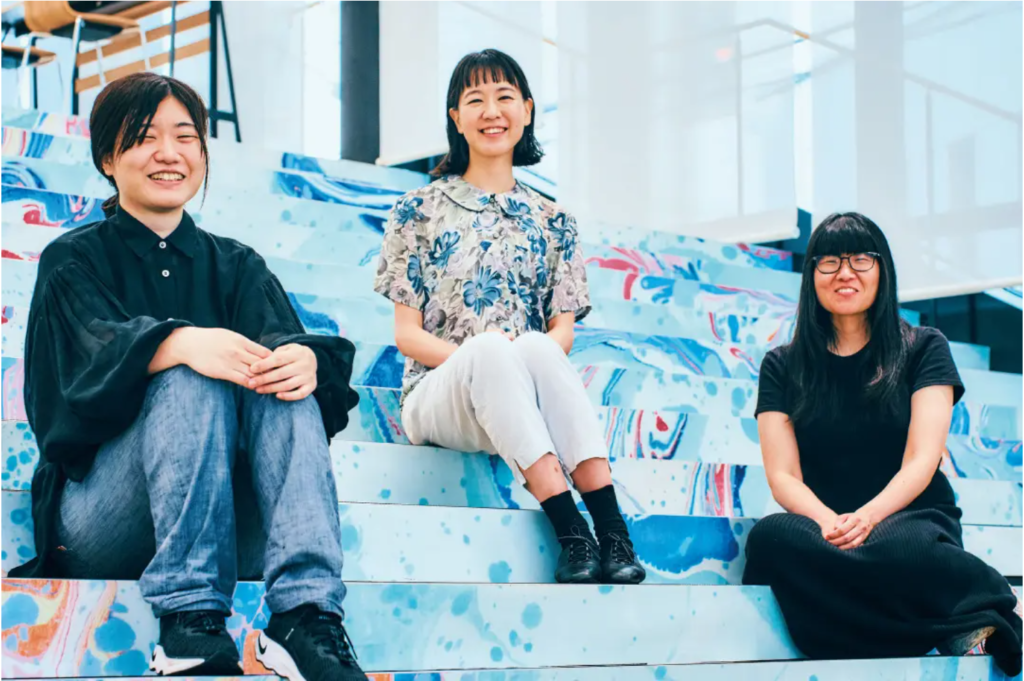
EBRU Corporation, which creates Kisshokaden, is a company that challenges new value creation through the fusion of art and traditional culture. Rather than mere product development, they approach business with a sense of mission for cultural inheritance. This sentiment is embedded in each piece of Kisshokaden.
Company Overview
EBRU Corporation is an innovative company established in 2021, headquartered in Arakawa Ward, Tokyo. It continues to challenge new value creation through the fusion of art and traditional culture.
Main Business: EARMIND
EBRU’s main business is the development of “EARMIND,” wireless earphones themed around art.
As “sound art pieces” created through collaboration between artists and craftsmen, they provide innovative products that fuse music, fashion, and art. Designed to look like jewelry, they are gaining attention as tools that promote self-expression.
Brand Philosophy
EBRU provides means for users to express themselves through custom-made and semi-custom products. With proposing lifestyles that enjoy art and music as their corporate philosophy, they actively engage in contemporary utilization of traditional culture.
Feelings Toward Kisshokaden
The pine-eating crane featured in the Kisshokaden brand logo represents Japanese auspicious patterns, making both overseas people and Japanese feel symbolically Japanese. The strong desire to inherit kimono culture that has been passed down for 1000 years to the future 100 years from now is embedded in this product.
For Those Considering Purchase
Kisshokaden is not just a greeting card. It is truly a “crystallization of culture” where the artisan techniques and wishes embedded in authentic kimono fabrics from the Meiji to Showa periods, the quality of Echizen washi with 1500 years of history, and contemporary careful handwork merge.
It’s an unprecedented special gift that can simultaneously realize the giver’s feelings and the recipient’s joy, along with the social value of Japanese cultural inheritance. For gifts to loved ones or introducing Japanese culture to overseas people, please choose Kisshokaden.
Because it’s one-of-a-kind, a special piece that can only be encountered at this very moment is waiting for you.
Summary
Above, we have introduced the greeting card “Kisshokaden.” The key points are as follows:
- Hand-remade authentic kimono fabrics from Meiji to Showa periods, one piece at a time
- One-of-a-kind design with no two alike in the world
- Uses Echizen washi with 1500 years of history for thousand-year preservation quality
- Suggested retail price of 1,800 yen (tax included) with 9 types in the lineup
- Deep wishes embedded in auspicious patterns like cranes, turtles, and plum blossoms
- Perfect for overseas gifts with bilingual Japanese-English explanations
- Simultaneously achieves cultural inheritance, environmental consideration, and social contribution
- Available for purchase at carefully selected stores in Tokyo, Kanazawa, and other locations
Kisshokaden is an innovative greeting card that revives Japanese traditional culture in the modern era.
Born as a special bridge that breathes new life into kimonos sleeping in tansu chests and connects the giver and recipient with the future of Japanese culture. The artisan techniques and wishes embedded in each piece will surely convey your precious feelings more richly.


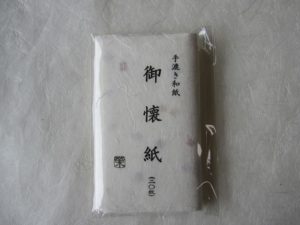
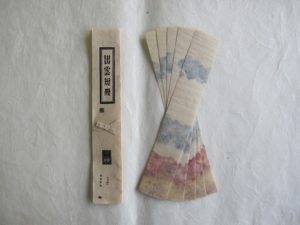
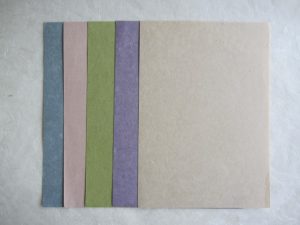
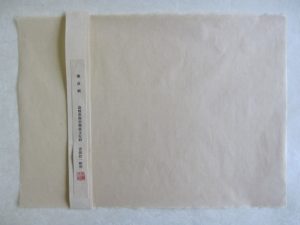
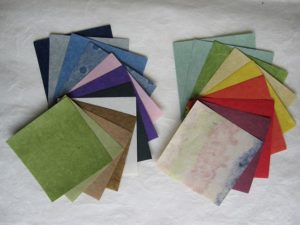
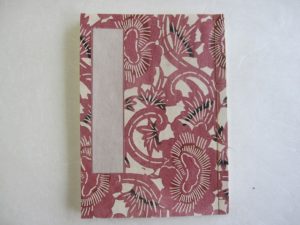
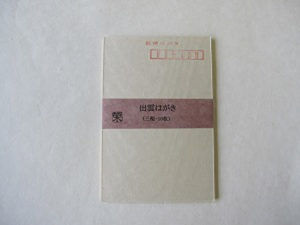
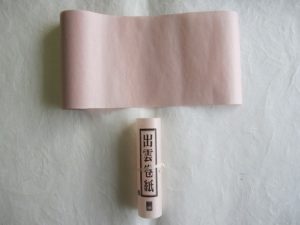
Comments